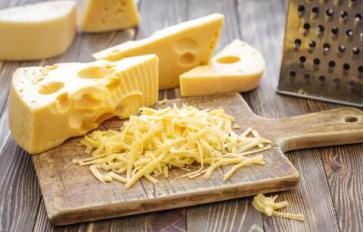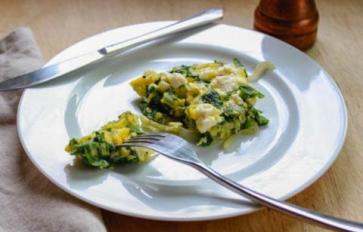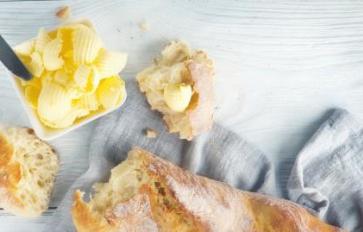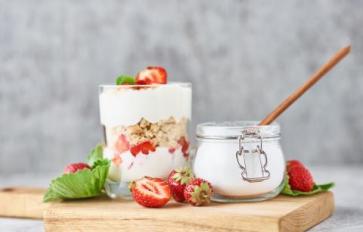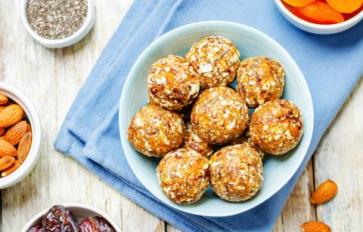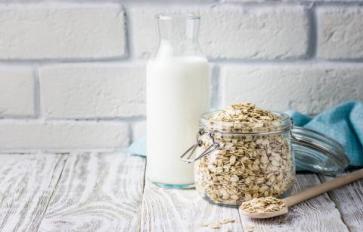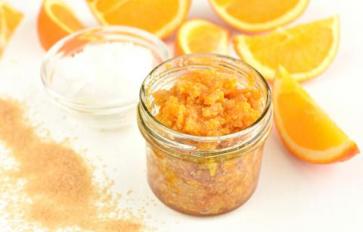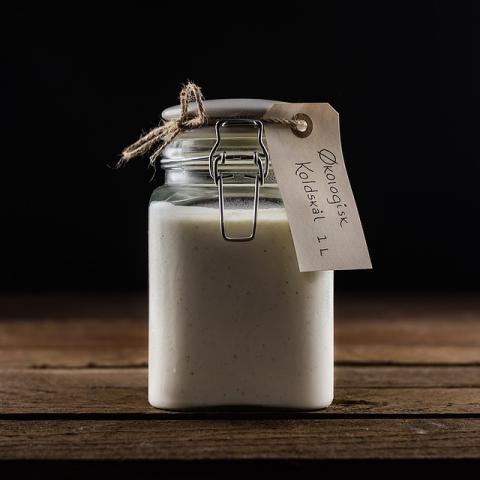
Useful, curative and beneficial – buttermilk is one versatile leftover you can consume in various ways for taste as well as health. Below are some facts and benefits of buttermilk…
Let’s begin with what buttermilk actually is. While many confuse it with a yogurt-and-water whip (lassi), buttermilk is actually the liquid left after you churn butter from cream. While it’s still a concept the world is slowly coming home too, traditional buttermilk is very common in Indian and Asian households and equally well-known amongst the dairy farmers of the world.
Can it be made at home?
Absolutely – in fact the best and the healthiest buttermilk is that which you make at home. You can either gather the cream off the top of your (full fat) milk container, or choose to buy a carton of full-fat cream from your local dairy farmer’s shelf. Empty out the cream into a large bowl and leave it at room temperature for 3-4 hours. Once the cream has turned just slightly odorous, use a manual butter churner or even a low-speed whisk to start churning out the butter. Don’t lose patience. Depending on the quality and temperature of the cream, it may take 5-10 minutes for the butter globules to start gathering. If the cream feels too cold, add a dash of hot water to it and if it feels too warm, add in some cold water; this will speed up the process.
Once the butter globules start forming, scoop them out with a sieve, keeping the liquid behind. Whip and scoop till all the butter is out. The pale liquid that you are now left with is buttermilk, in all its natural goodness. By whisking the cream, you shake loose its natural emulsification, thus letting the fat-rich butter come to the top while the heavy proteins are left in the liquid. Most of the fat is out, so buttermilk is naturally low-fat, but it’s a high-protein liquid that’s good for you in more ways than one.
Can I drink it?
Of course – buttermilk actually tastes like thinned down yogurt so you can drink it the way you like: just as is, sweetened, flavored or even as a salty, spicy drink. In India, spiced buttermilk (chaas) is served as a meal accompaniment to aid digestion. Flavored with cumin, asafetida, ginger and curry leaves – chaas is particularly useful when indulging in heavy, oily meals as it creates an optimal acid-base environment in the stomach.
Why should I try it?
Why is buttermilk so healthy? Basically, milk is also a relatively healthy drink (though the jury is still out on this). That said, you get the full benefits from milk only when it’s full fat. Unfortunately, dairy fat is saturated and considered unhealthy. The good thing about buttermilk is that it retains all the protein, mineral and vitamin benefits of full-fat milk, but leaves the fat out, thus giving you a healthier glassful than milk. Some of the benefits of buttermilk:
- Good for the lactose-intolerant: Since all the fat and sugars are out of buttermilk, it’s easily digested and tolerated by even the lactose intolerant.
- High in proteins: Proteins are brain food as well as the building blocks of muscles. For anyone looking to increase their mental acuity or increase their muscle mass, buttermilk can be an excellent substitute for that daily glass of milk.
- Good in mineral and vitamin content: High in vitamin B complex with riboflavin in particular, buttermilk also gives you all the calcium and potassium benefits of milk, along with trace amounts of phosphorus.
- Considered a digestive aid in Ayurveda: If you are prone to acidity and have an overall sensitive digestive system then buttermilk would be a helpful digestive aid. It washes down the spices, soothes an irritated stomach lining and helps with optimal food absorption. Scientifically speaking, buttermilk is a low-pH food and so becomes a digestive aid in balancing the stomach acid content.
- Combats cholesterol and high blood pressure: The proteins in buttermilk are anti-oxidant in nature in that they heal the body from the inside out and help repel the harm that free radicals cause. Thus, buttermilk helps in lowering cholesterol and aiding in proper blood flow as well as providing general longevity.
Buttermilk in cooking
Buttermilk is an excellent softening, leavening and tenderizing agent. Plus, its low-fat and high-protein content make it a great substitute for milk and yogurt. Here are some ways you can use it in cooking.
- Meat marinade: Buttermilk tenderizes meat and lets the flavors of other condiments and spices soak in, thus making it an excellent marinade and batter ingredient.
- Perking up pancakes and waffles: You can substitute the milk needed to make pancake batter with buttermilk to make them fluffier.
- In smoothies: We all use milk and yogurt to make summer fresh smoothies and creamy slushies or slurpees – buttermilk works as a wonderful substitute yogurt, and is a tad healthier.
- To soften cakes, cookies and other baked goods: Adding buttermilk to your cake or cookie batter ensures that you will end up baking melt-in-the-mouth treats due to its leavening properties.
- To curries and gravies: You can add buttermilk to gravies or curries to add some creamy, tangy goodness. Plus it also works as an excellent chili douser – if your curry is too hot, add in some buttermilk. It will reduce the spicy burn.
- To make softer breads: The benefits that your cakes get will carry over to your bread too – the leavening agents of buttermilk help you make softer, fluffier breads, especially when making whole-wheat or multi-grain ones.
- To creamed or mashed vegetables: Be it mashed potatoes or creamed spinach, you can use buttermilk in both and more. Even creamy vegetables can be churned out by using buttermilk as a substitute to low-fat milk.
- In custard and creamy desserts: Finally, custards, cobblers, icings, pastry creams, and mousse can all benefit from a healthy dash of buttermilk. If the recipe calls for milk, reach for buttermilk instead.
Commercial Buttermilk vs. the Real Thing
Commercial buttermilk is more often a fake, dressed-up version of the real thing (unless you see words like natural, organic or even hand-churned on the package). Mostly used in bakeries and large-scale kitchens, commercial buttermilk is often made from low-grade skim milk, which in turn is a reject from cheese and butter companies. To make it more like buttermilk, various souring and thickening agents are added to it to make it closer in smell, feel and taste to its original inspiration. The problem with this kind of industrial buttermilk is that it has nothing to offer in terms of health benefits. If you do buy buttermilk off the shelf, make sure it’s from a reliable, organic farm source for you to get the real taste as well as all its health benefits.
Sources: http://www.nytimes.com/2012/09/12/dining/buttermilk-often-maligned-begins-to-get-its-due.html?_r=0; http://www.chowhound.com/pictures/22-recipes-to-use-up-leftover-buttermilk/fried-calamari; http://www.ncbi.nlm.nih.gov/pubmed/16428621;

